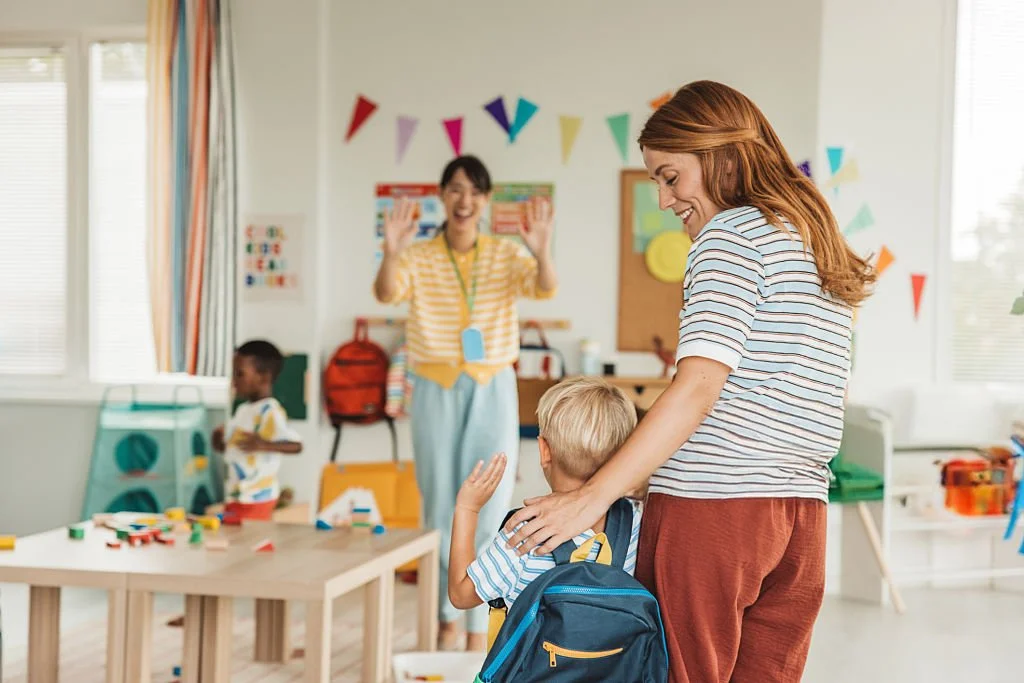It’s Not Just a PTA Thing
“When schools and families work together, children do better”
– Anne T. Henderson
We all love the idea of partnership between home and school — parents and teachers, hand in hand, working toward one shared goal: helping children thrive.
In theory, it sounds simple. In real life, it’s anything but.
Sometimes, despite our best efforts, that “two-way street” feels more like a roundabout — we keep circling, hoping for the right moment to connect.
You send emails that go unanswered. You show up for meetings and offer ideas that don’t quite land. You want to be involved, but it feels like you’re standing just outside the conversation.
And yet, on the other side, teachers are managing thirty voices at once — lesson plans, student needs, admin tasks, and countless expectations stacked on top of one another. Even the most well-intentioned teacher can run out of time, energy, or bandwidth to respond the way they wish they could.
It’s not about blame. It’s about reality.
Parents and teachers are both deeply invested in children’s well-being — just from different angles. One carries the emotional weight of a parent’s love; the other, the collective responsibility for an entire classroom. Both are trying to do right by kids. Sometimes, those efforts just don’t meet in the middle as neatly as we’d like.
So, what do we do when partnership feels one-sided?
We don’t push harder — we reach deeper.
Partnership isn’t built by volume. It’s built by understanding. By choosing patience when it feels easier to give up. By remembering that everyone — parent, teacher, administrator — is a person first, trying their best in systems that aren’t always designed for connection.
Quick Tips to Building Real Parent–Teacher Partnerships
1. Lead with curiosity, not conclusions.
Instead of asking, “Why wasn’t this addressed?” try “Can we talk about what happened here?” Curiosity invites dialogue, not defensiveness.
2. Acknowledge what’s working.
A simple “thank you” can shift the tone of communication more than we realize.
3. Stay human
Share appreciation, empathy, and grace. A kind word has a longer shelf life than a frustrated email.
But while patience and empathy go a long way, it’s also important to pause and ask yourself:
Is this effort still leading us somewhere healthy?
Because sometimes, no matter how much you try to belong, the environment just doesn’t make room for you. And that’s not always a failure — sometimes it’s clarity.
If the space you’re in doesn’t nurture connection or growth for your child — no matter how much you’ve invested — it may be time to explore new possibilities. Changing directions isn’t giving up; it’s realigning with what matters most.
In the end, it’s not about which school looks best on paper — it’s about where your child feels seen, supported, and inspired to thrive.
Real partnership isn’t about perfect balance — it’s about shared persistence and the wisdom to know when it’s time to move forward.
Because the village our kids need isn’t defined by walls or uniforms. It’s defined by connection — wherever it can truly take root.
Do you want us to bring us directly to your school or organization ?
From leadership teams to full faculty, we offer customized workshops that equip educators to integrate SEL and Educational Neuroscience seamlessly into everyday teaching.
💡 Let’s partner to build stronger, more connected school communities—together.
👉 Contact us to host a workshop




